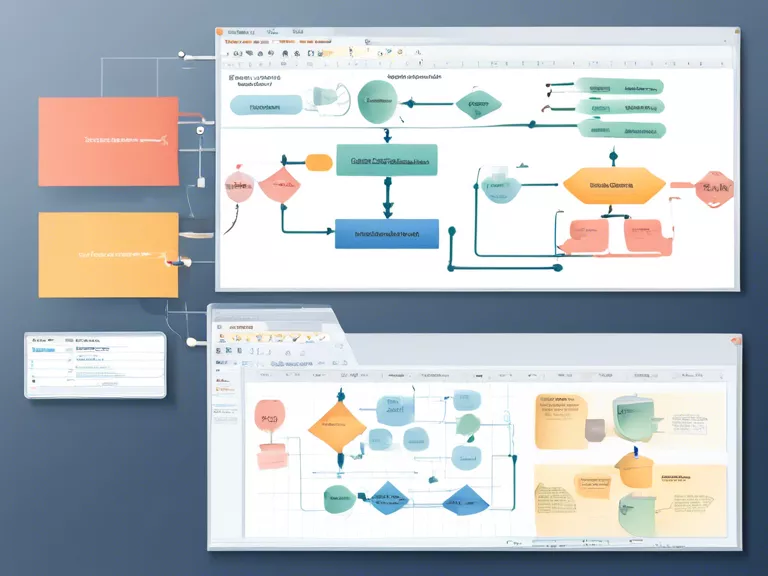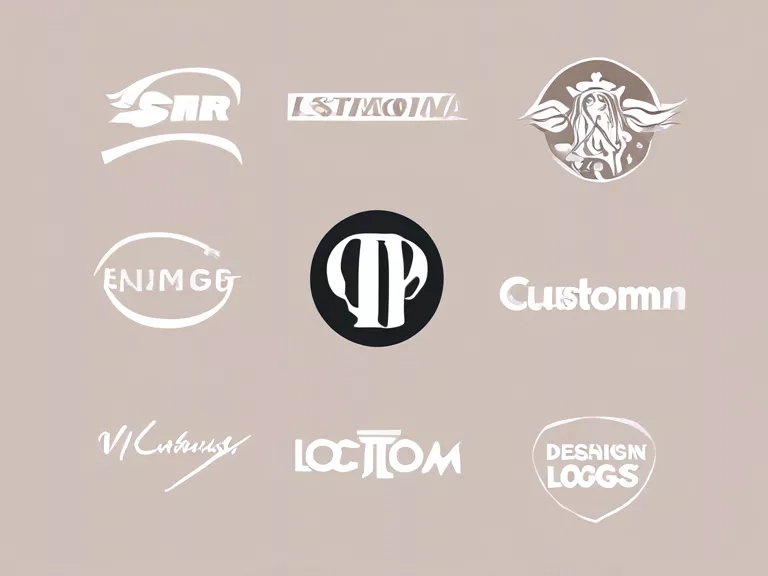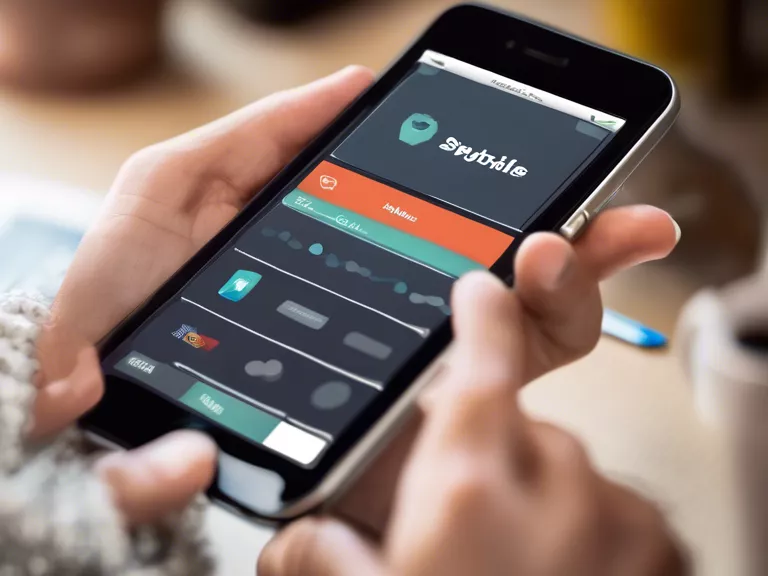
Flowcharts are essential tools for illustrating processes, workflows, and systems in a visual format. Whether you're a business professional, a project manager, a software developer, or a student, creating professional-looking diagrams with flowchart software can help you communicate complex ideas and information effectively. In this article, we will discuss how to create professional-looking diagrams with flowchart software.
Choose the Right Flowchart Software: The first step in creating professional-looking diagrams is to choose the right flowchart software. There are many options available, including Microsoft Visio, Lucidchart, and SmartDraw. Consider factors such as ease of use, features, and compatibility with your operating system before making a decision.
Define the Purpose of Your Diagram: Before you start creating your flowchart, clearly define the purpose of the diagram. Are you mapping out a process, illustrating a workflow, or designing a system? Understanding the goal of your diagram will help you determine the appropriate shape, style, and layout.
Use Standard Flowchart Symbols: Flowcharts use standardized symbols to represent different components in a process. Familiarize yourself with common flowchart symbols such as rectangles for processes, diamonds for decisions, ovals for starting and ending points, and arrows for connecting the shapes. Consistency in symbol usage will make your diagram easier to understand.
Organize and Label Your Diagram: To create a professional-looking flowchart, organize your shapes in a logical sequence and label each shape clearly. Use descriptive text to explain the purpose of each step or decision in the process. Proper organization and labeling will enhance the readability and usability of your diagram.
Format and Customize Your Diagram: Once you have created the basic structure of your flowchart, take the time to format and customize it. Use colors, fonts, and line styles to differentiate between different elements in the diagram. Consider adding annotations, callouts, and images to provide additional context and clarity.
By following these five tips, you can create professional-looking diagrams with flowchart software that effectively communicate your ideas and information to your audience.



